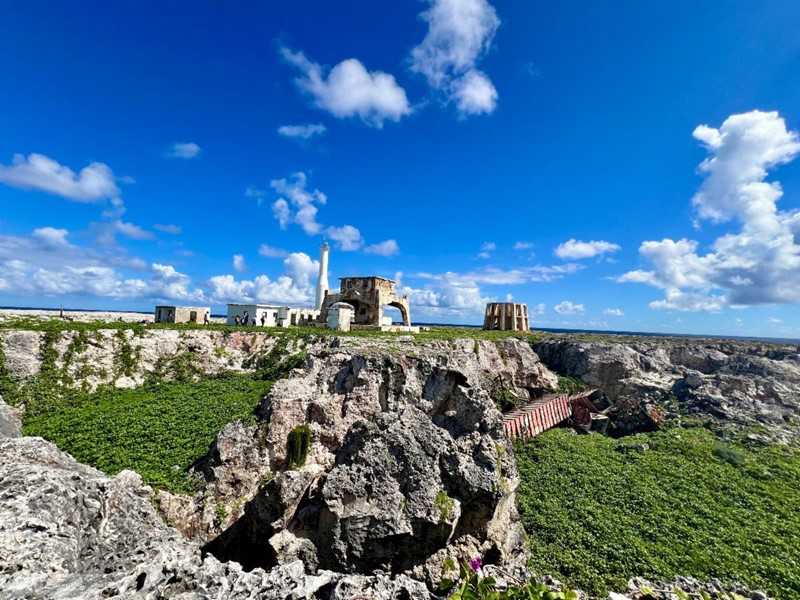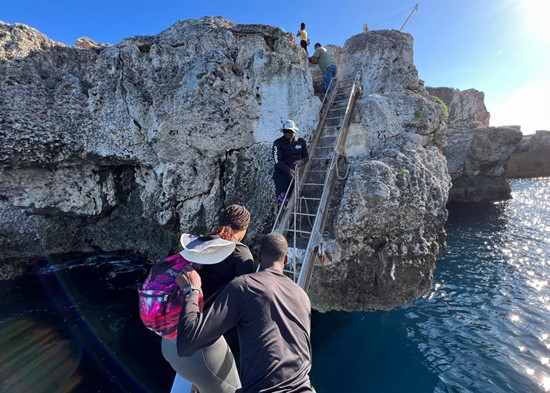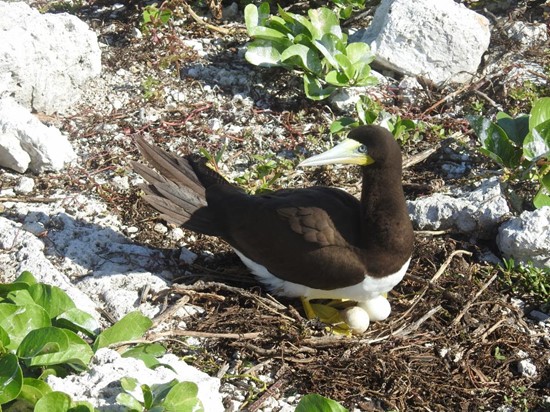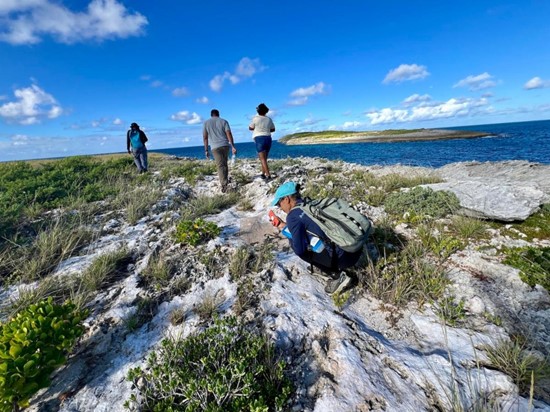
Noted for its brilliant white sandy beaches and resorts where the fun is non-stop, there’s another, quieter side to Anguilla of which most visitors are unaware. Reached only by boat and with special permission from the Anguilla National Trust (ANT), one island is entirely devoted to its population of seabirds and rare indigenous lizards. Sombrero is a flat, uninhabited 94-acre rock, which earned its name when it was once topped by forest and said to look like a hat.
For an enthusiastic ornithologist or birder, this island in the middle of nowhere is a keen nature lover’s dream. There’s no beach or landing spot, so visitors are rare. The wild inhabitants are incredibly tame and even when nesting, allow people to draw very close. ANT conservation officers always accompany the trip, and make sure that none of the regular inhabitants are disturbed. Nothing alien is introduced and nothing is left behind. It’s an ideal destination for a sustainable excursion; one you won’t want to miss.
Getting to Sombrero

Boat to Sombrero Island - photo courtesy of Jennifer Bain
Sombrero Island, a good 90-minute boat ride from Anguilla, is almost a third of the way to the British Virgin Islands outpost of Anegada. An automated lighthouse marks the eastern edge of the Anegada Gap passage from the Caribbean to the Atlantic.
On arrival, the boat’s skipper brings the bow up to a steel ladder attached to the rock which visitors must scamper to safety at the top of a cliff. Only the energetic and agile need apply.
Once on top, they are greeted by a moon-like landscape, with sparse vegetation, a few ruined buildings, the automated lighthouse, and thousands and thousands of sea birds.
Feathered Friends

A brown booby on nest on Sombrero Island - photo courtesy of Jennifer Bain
Sombrero is home to vast nesting colonies of regionally and globally important populations of bridled terns, brown noddys and brown boobies. The Sombrero Island lizard is found here and nowhere else in the world and is on the Critically Endangered list.
The ANT team - under guidance from Executive Director, Farah Mukhida (a Canadian!) - is gradually eradicating invasive species, such as mice, and introducing long-missing greenery to help conserve the island’s topsoil and wildlife. Sea beans, sea grapes and prickly pear cacti are gaining a foothold, though with some difficulty. These efforts are complicated by the somewhat predictable appetites of the island’s avian inhabitants, who find the seedlings quite tasty.
The Sombrero Island Nature Reserve Marine Park is also Anguilla's first Ramsar site. A gathering of those determined to preserve the world’s wetlands, who first met in the city of Ramsar, Iran in 1971, have declared this a site of international importance. BirdLife International has named it an Important Bird Area.

Exploring Prickly Pear Island, photo courtesy of Jennifer Bain
Sombrero is far from the only destination for wildlife enthusiasts in Anguilla.
The ANT also offers tours to other Anguilla cays and wetlands depending on the season and the presence of the birds, many of which are migratory and not year-round residents. Prickly Pear Cay is popular and a mere 20-minute boat trip from the main island. The Cay is privately owned but surrounded by a marine park. There’s a good restaurant and snorkelling. Back from the pristine beach, the scrubby terrain is a seasonal home to nesting bridal terns, lesser terns, red-billed tropic birds and laughing gulls. Here, the ANT has quietly been eradicating invasive rodents and reintroduced indigenous Lesser Antillean iguanas, which are threatened by invasive green iguanas.
At the East End Pond Conservation Area, birders are drawn by herons, plovers, sandpipers and other waterfowl, which feed in the shallow, brackish water. ANT continues to improve the site with the development of a wild forested area.
Big Spring is one of Anguilla’s protected areas, also operated by the trust. Here the island’s first inhabitants carved more than 100 petrographs into the rock walls, providing a fascinating look back into thousands of years of history. As well, ANT organizes frequent and easy hikes around the island. One interesting one-and-a-half hour walking tour focuses on Anguilla’s pollinators, with a visit to Pitch Apple Cave, where visitors learn about the hidden world of bats and their agricultural value.
Wherever one goes on the island and its cays, be certain that the Anguilla National Trust is looking after the island’s indigenous wildlife and natural resources for the betterment of all.
You can learn more about the Anguilla National Trust and their tour offerings at: https://axanationaltrust.com/.


